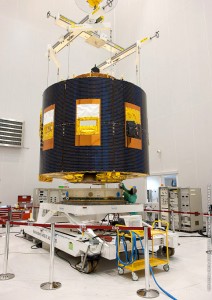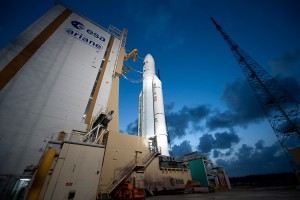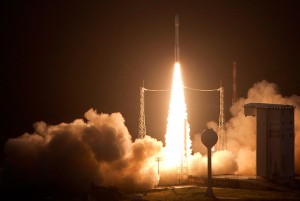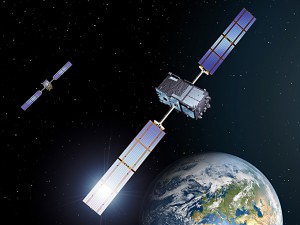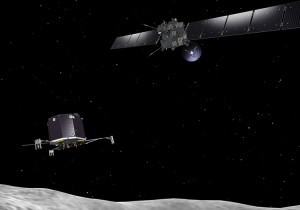
Later today, 20 January, it’s time for ESA’s spacecraft Rosetta to wake up from a 31 months long deep space sleep. The on-board computer on the Rosetta spacecraft is programmed to re-establish contact with Earth on 20 January, starting with an ‘alarm clock’ set at 10:00 GMT.
As soon as the alarm goes off Rosetta´s startrackers will begin to warm up, a process that will take approximately six hours. Rosetta will then send a signal to Earth to announce that it is awake. The first window of opportunity to receive a signal is between 17:30-18:30 GMT. ESA will stream the event live from ESOC, Darmstadt, Germany, with full coverage of the day’s historic events as they unfold, starting at 09:15 GMT (10:15 CET)
Continue reading “Time for ESA’s comet-chasing spacecraft Rosetta to wake up”

